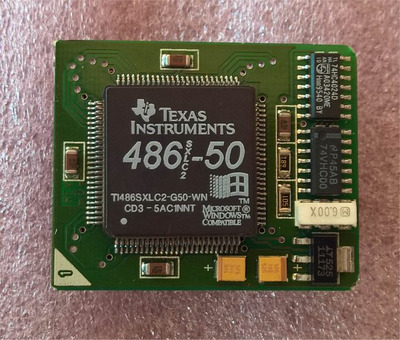Reply 60 of 174, by feipoa
- Rank
- l33t++
Nexxen wrote on 2021-12-12, 09:15:Maybe changing the crystal to match the 486 frequency?
25 x 2
I've tried all sorts of crystal frequencies.
pshipkov wrote on 2021-12-12, 09:30:I recognize that hanging pattern very well.
On these fast VLSI boards it happens with memory modules that cannot handle 0 ws properly.
At 8.3 and 12.5 MHz, would 0 ws be an issue? I was thinking probably not. However, it does seem that this board doesn't run well with 3-chip memory modules. I tried 3 different sets of 9-chip modules, and the hang-on-idle problem disappeared. I'm not sure why you had optimal luck with 3-chip modules. I also tried 3 different sets of 3-chip modules and they all exhibited the hang-on-idle issue. Unfortunately, using 9-chip modules didn't resolve the inability of floppies to boot when a 286 CPU is installed.
Aside from the 3 I/O cards tested, I also tried floppy booting from an AHA-1522B SCSI card, but again, when a 286 is installed, it cannot boot. Curiously, the system also won't boot to a SCSI HDD on the 1522B controller with a 286 installed; 486 SXLC no problem. IDE and 286, no problem booting. This board has character!
Plan your life wisely, you'll be dead before you know it.





